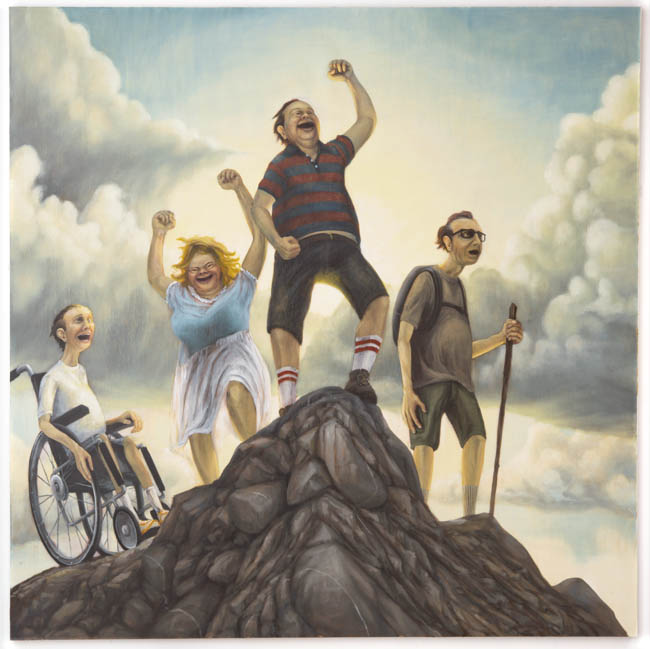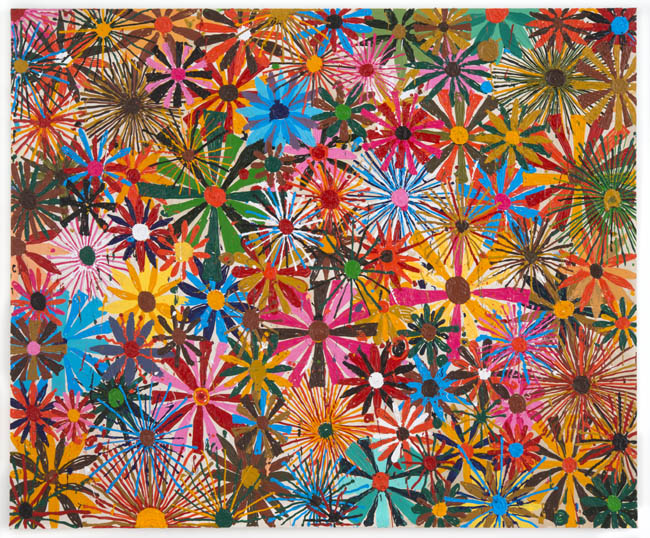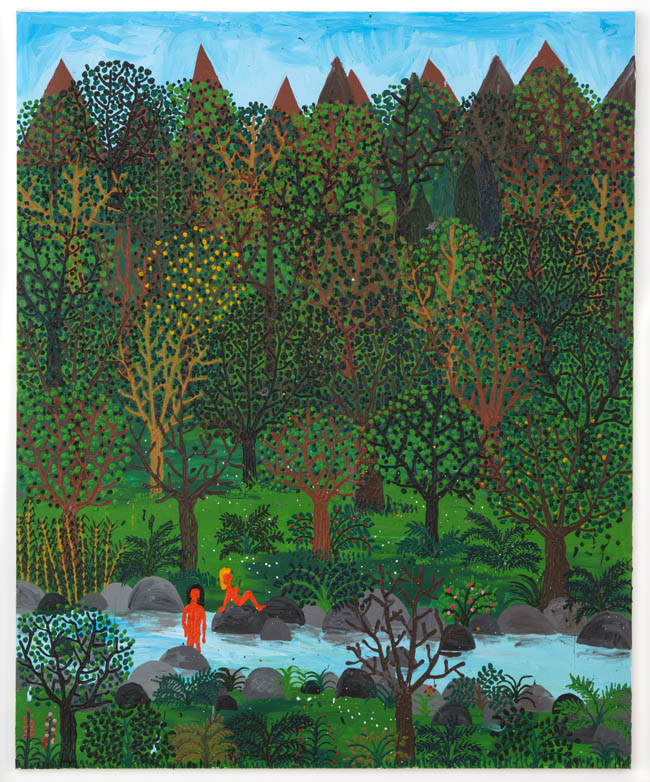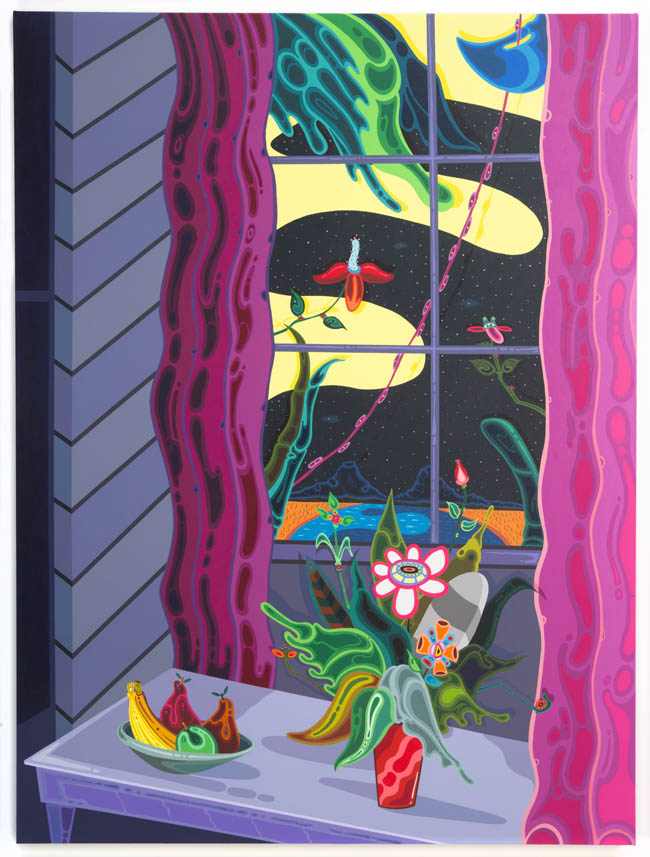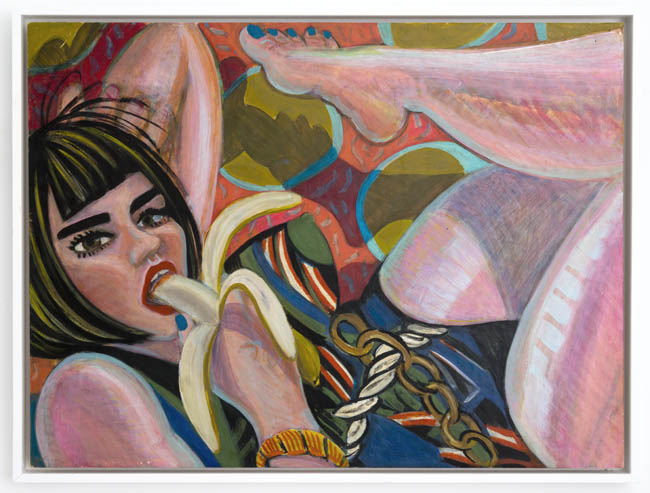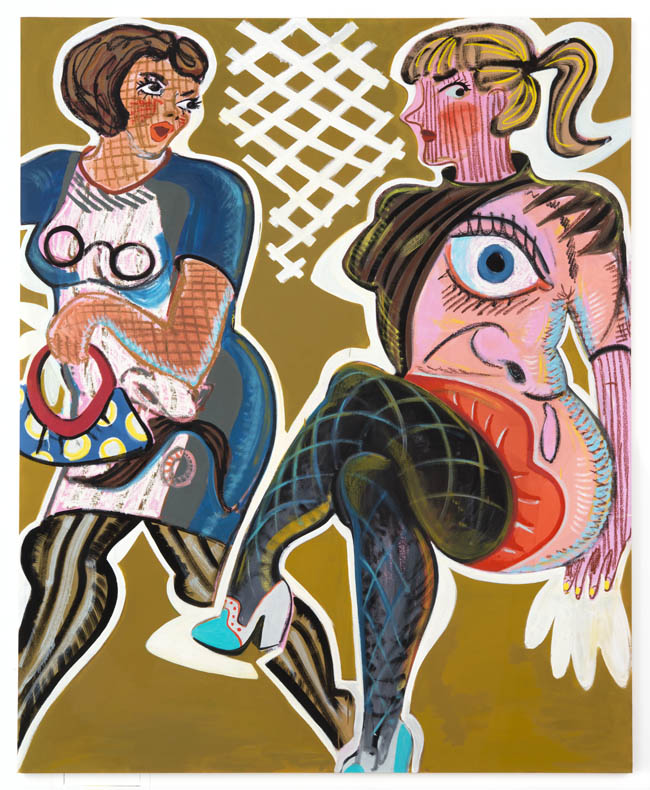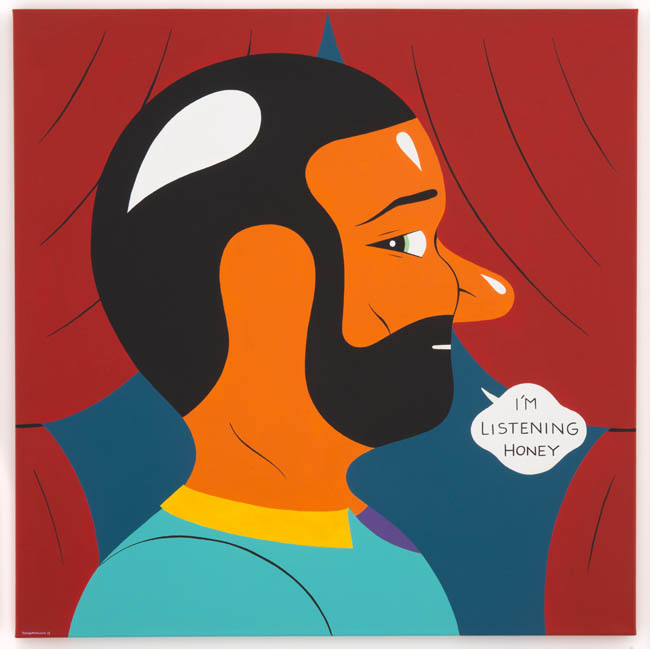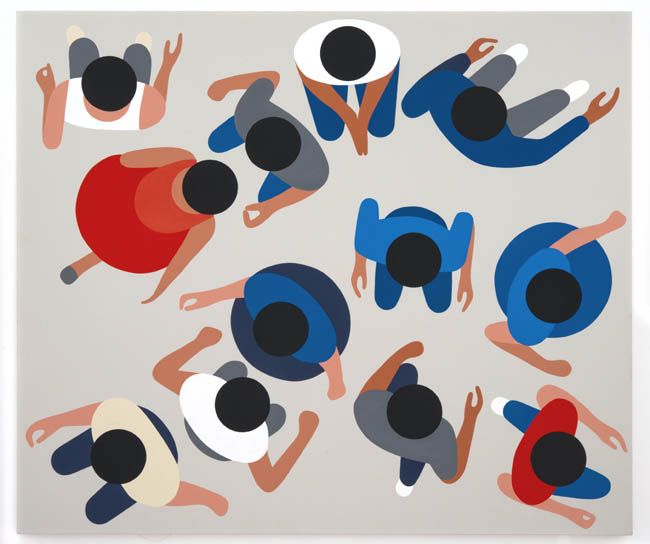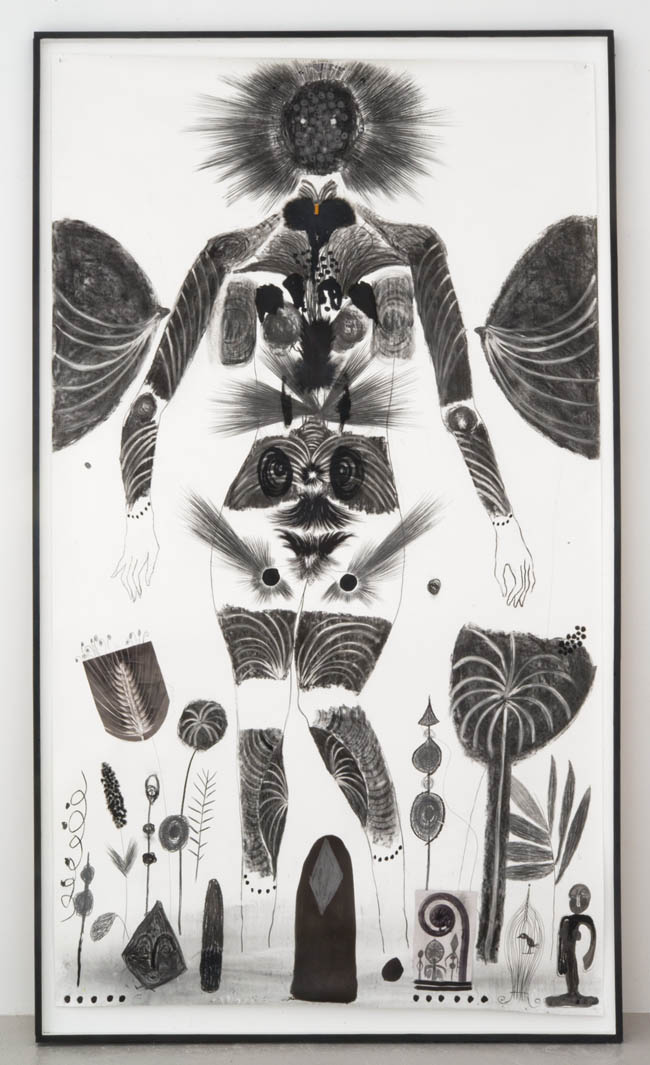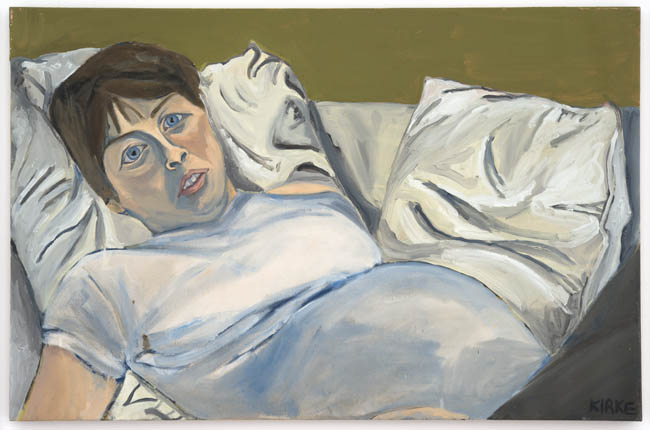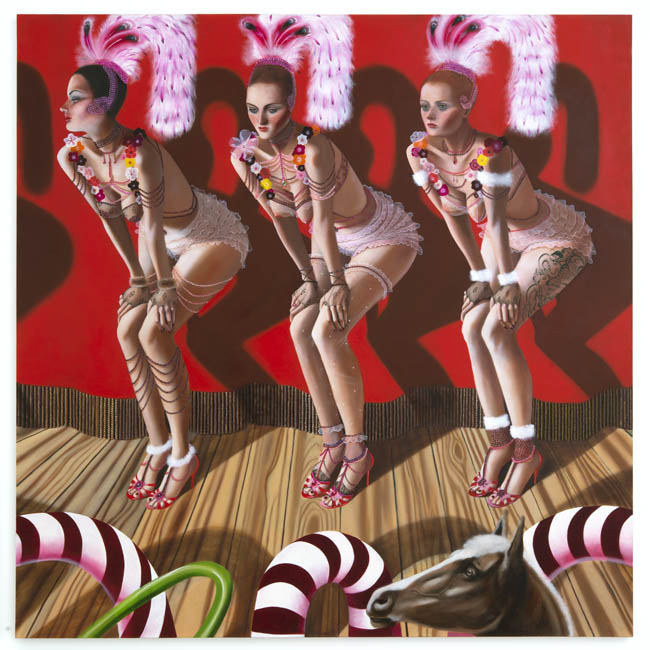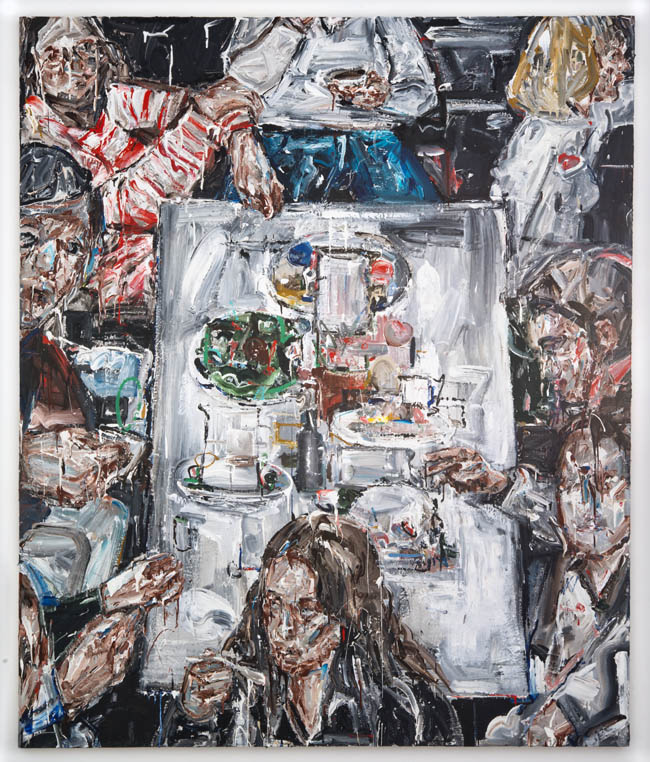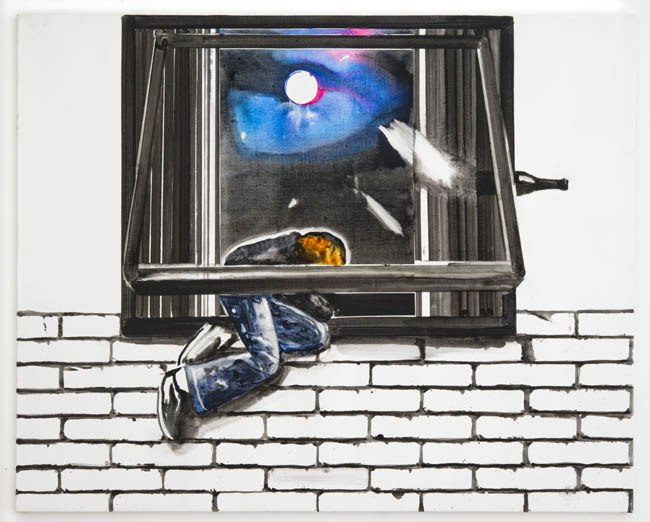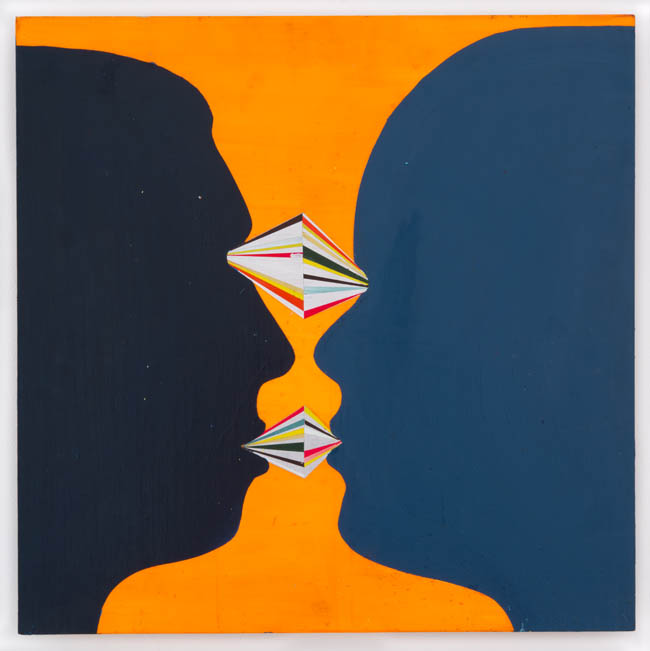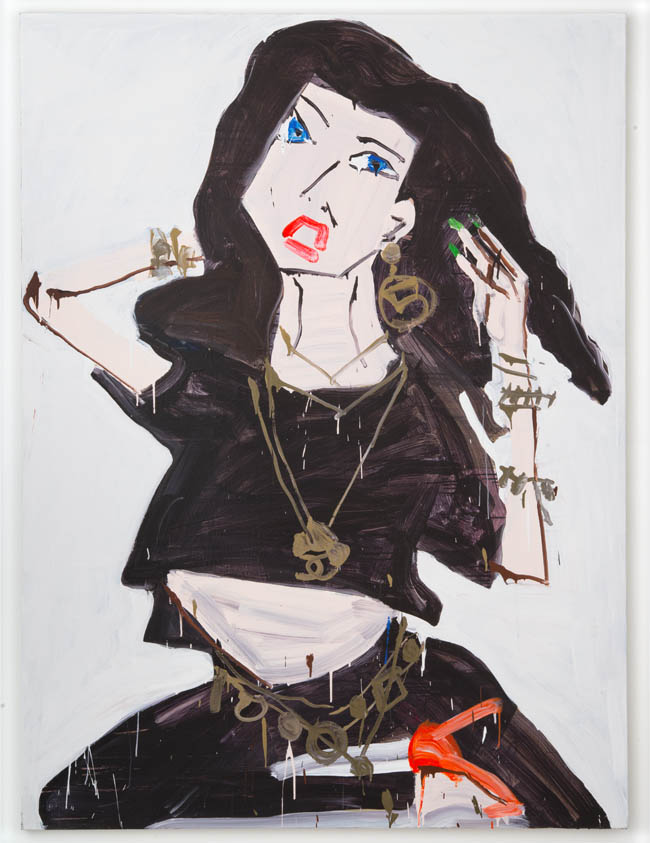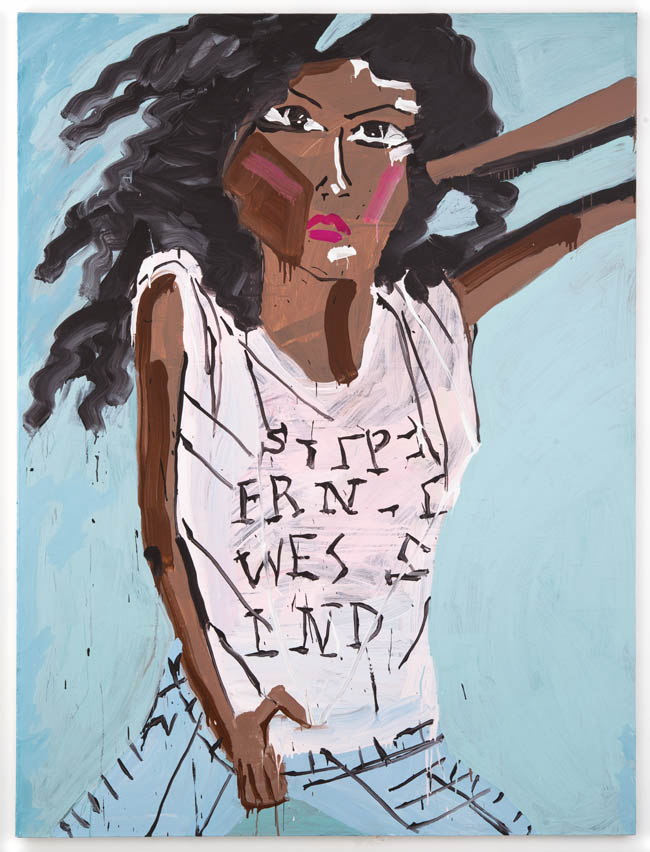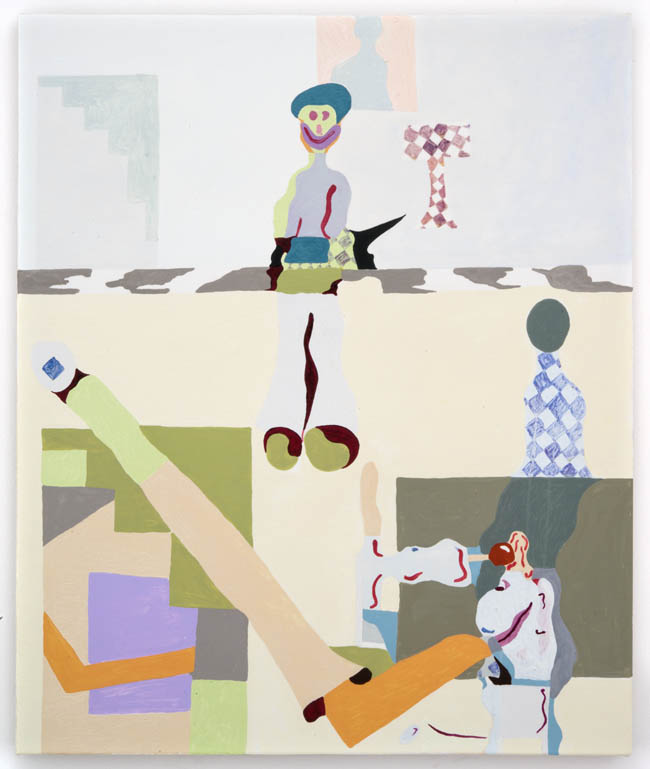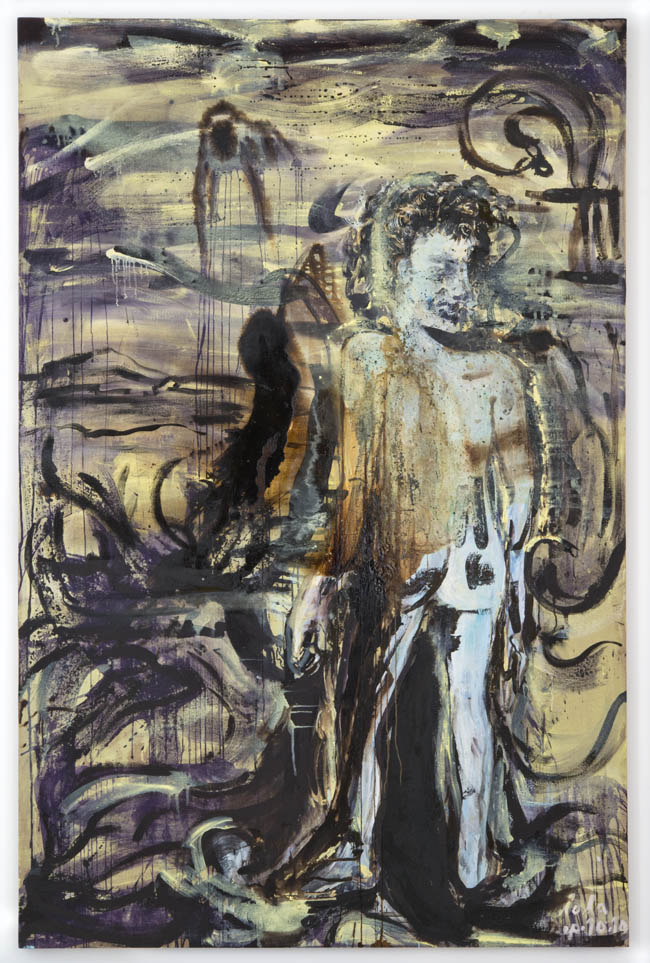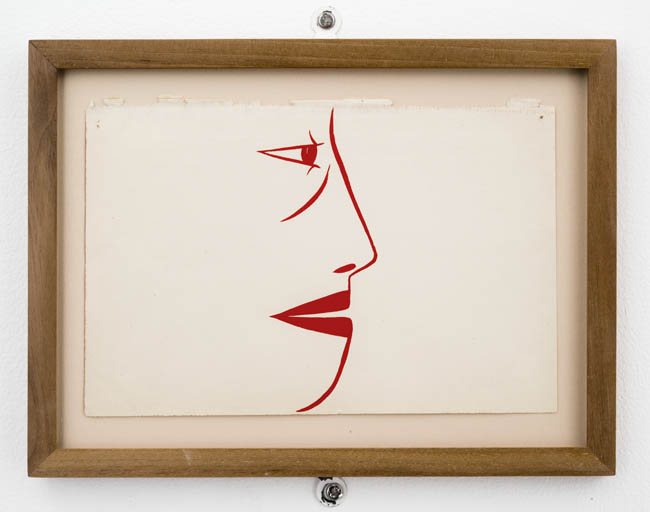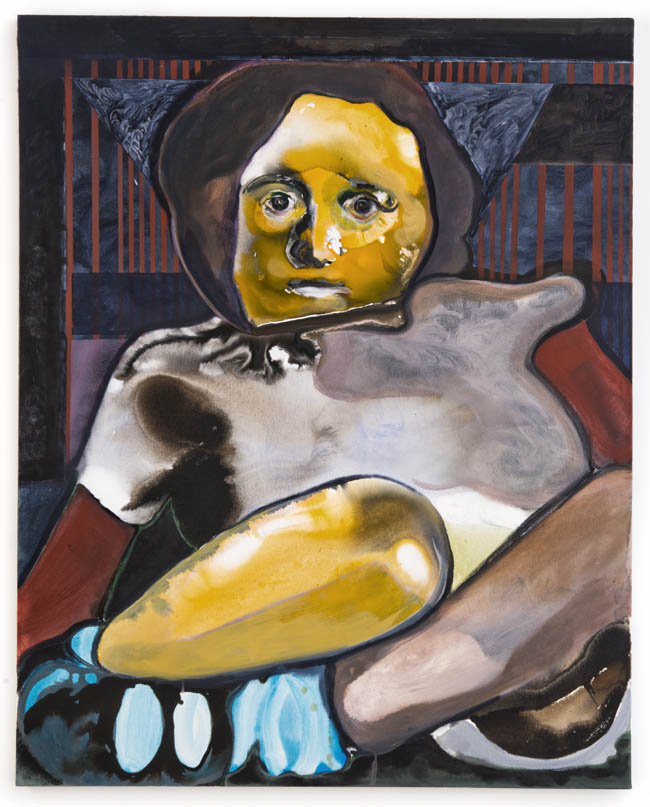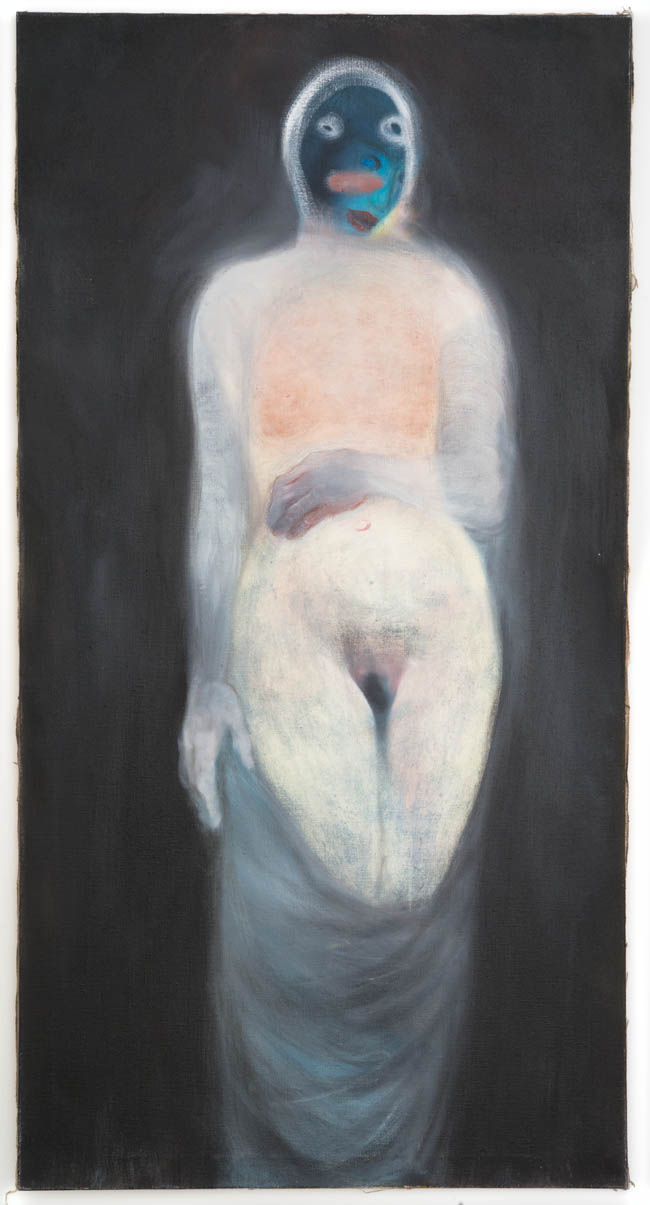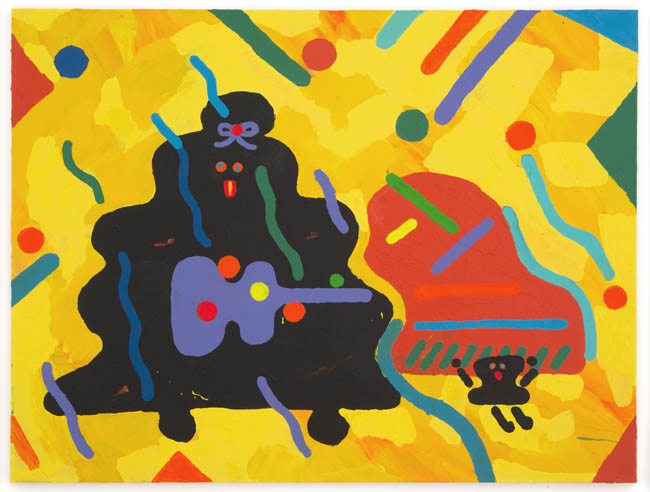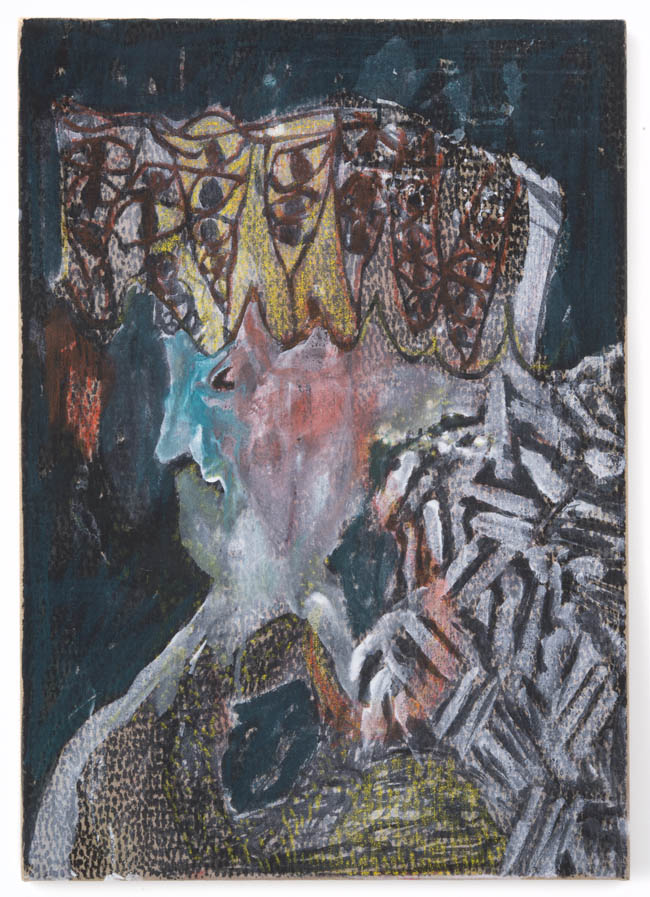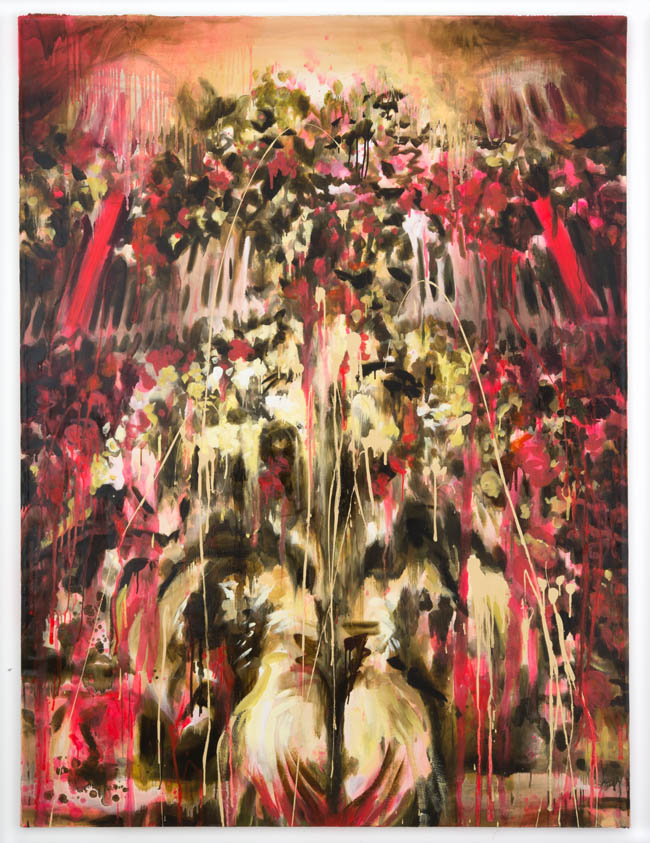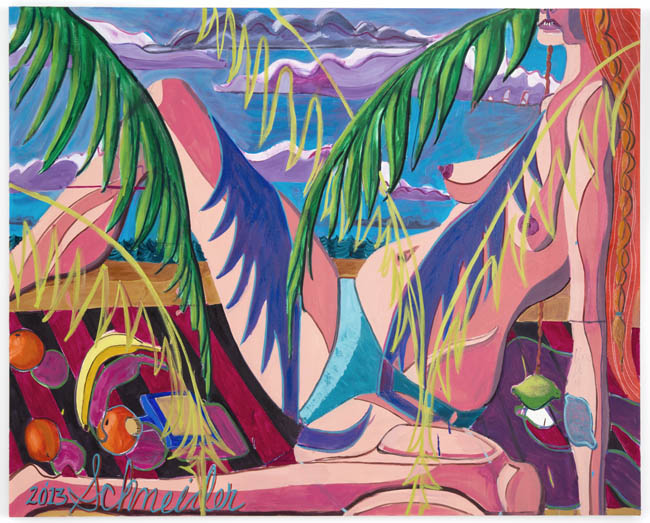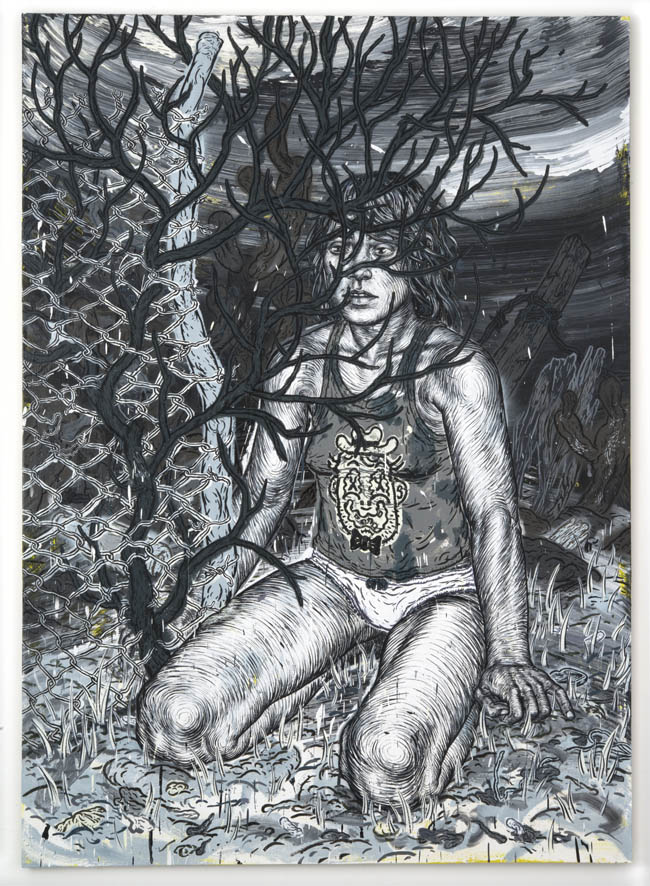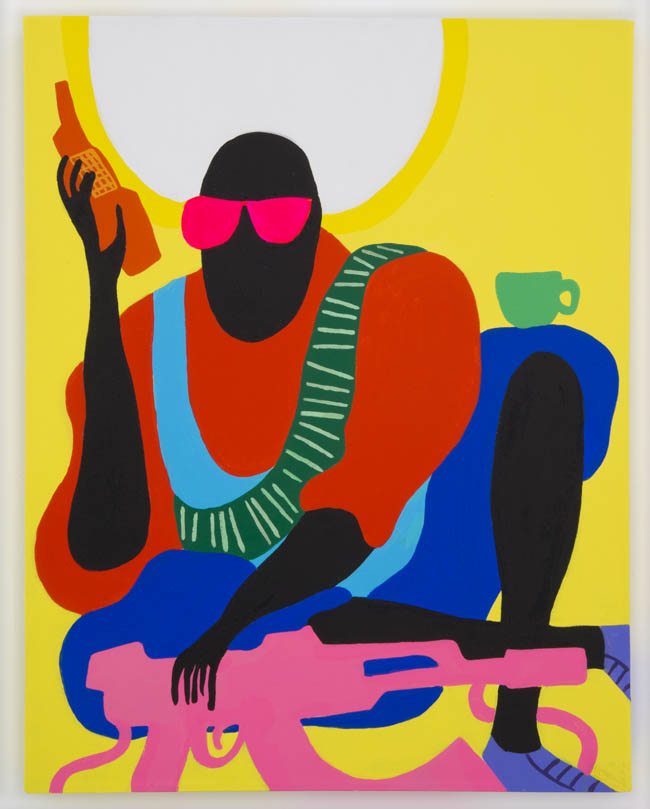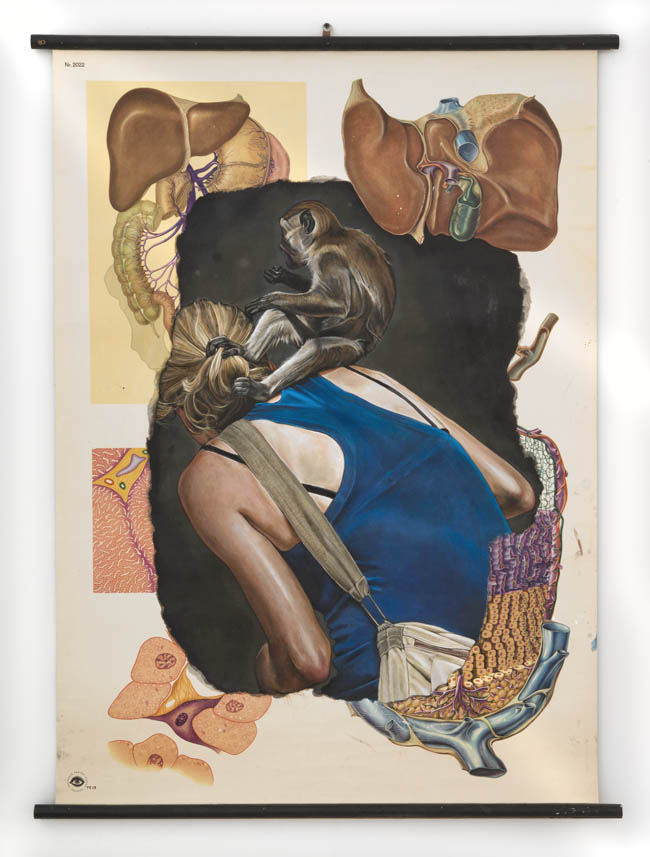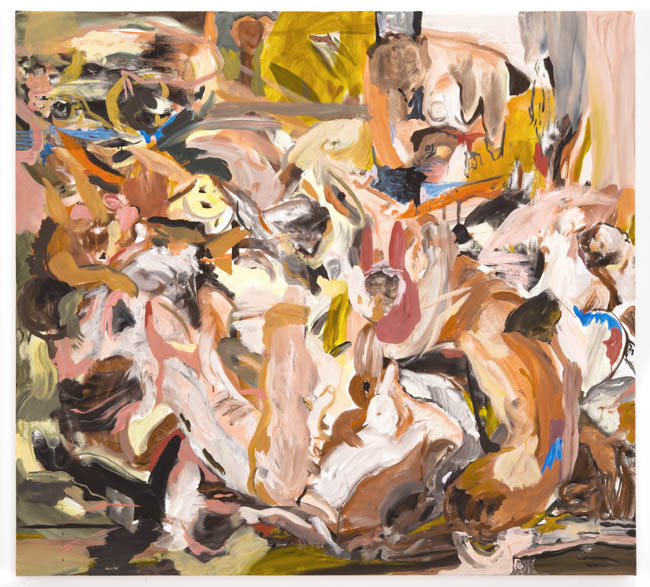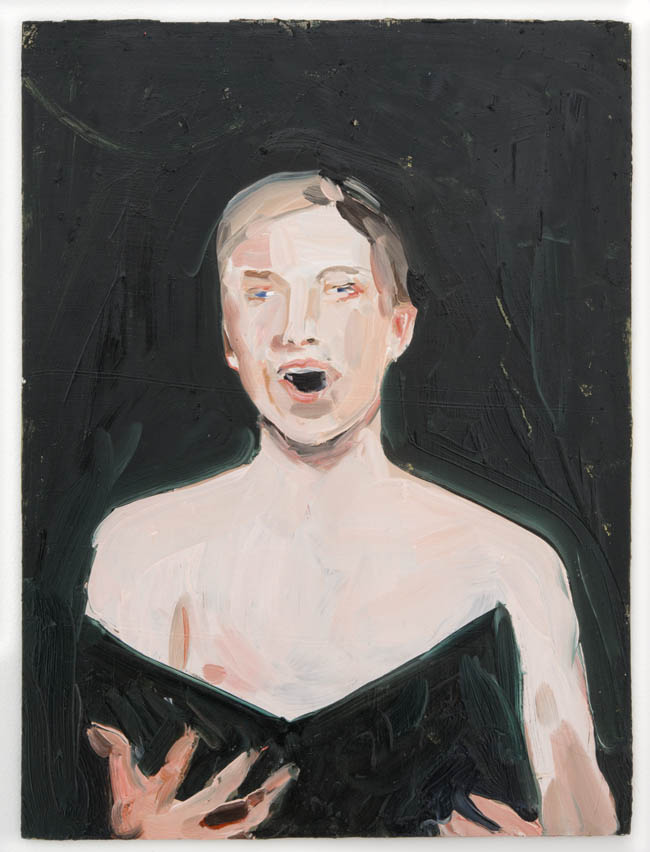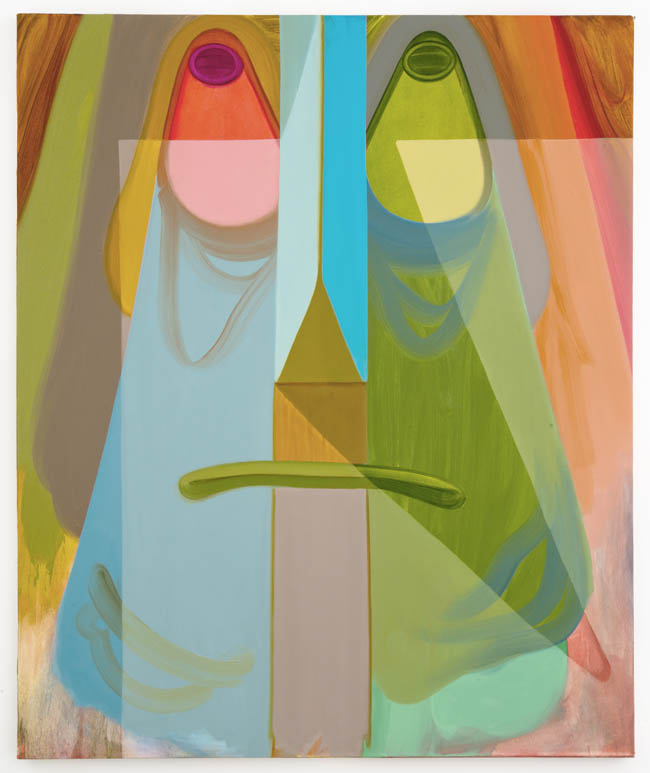CHICKEN OR BEEF?: A Transcontinental Survey of Figurative Painting
Curated by Jesper Elg
Allison Schulnik
Anders Oinonen
Anna Bjerger
Antonio Ballester Moreno
Barnaby Furnas
Bjarne Melgaard
Cecily Brown
Dan Attoe
Devon Troy Strother
Eddie Martinez
Ella Kruglyanskaya
Erik Parker
Geoff McFetridge
HuskMitNavn
Jannis Varelas
Jemima Kirke
Jocelyn Hobbie
John Copeland
John Korner
Jules de Balincourt
Katherine Bernhardt
Keegan McHargue
Lola Montes Schnabel
Margaret Kilgallen
Maya Bloch
Miriam Cahn
Misaki Kawai
Peter Linde Busk
Rosson Crow
Ryan Schneider
Tal R
Taylor McKimens
Todd James
Troels Carlsen
The Hole is proud to announce the exhibition Chicken or Beef? assembled by Danish curator Jesper Elg. This show is a museum-style Transatlantic survey of figurative painting in Europe and America, named after the ubiquitous question posed on transatlantic flights.
As opposed to creating two camps at odds, the show instead highlights the many similarities of approach, not just between the two regions but also between the more prominent artists in the group and their more emerging counterparts. The comic outlines and slapstick nudity of a Todd James painting appear in a Misaki Kawai work as well; Cecily Brown’s joyous brushstrokes find a counterpart in the abstracted opulence in Rosson Crow’s funerary flowers; Tal R’s circus figures and reduced palette resonate with young artist Keegan McHargue’s pastelled acrobats; and many more complementary themes that the viewer will enjoy discovering for themselves.
Despite how international the art world has become—not just art fairing, but internetting and institutional exchanging—the show hints at some regional differences in approach. Perhaps we confront the work with the stereotype that European painting is more conceptual or more academic; perhaps American painters are more iconoclastic and irreverent. After all, each region has their own gods in their own pantheons of figuration and certainly different teachers at their academies of higher learning. Daniel Richter guides grad students in Vienna while Cecily Brown and David Salle have consulted those at Yale for example. It would be hard to point out in words just what these regional differences might be, though such distinctions may appear to emerge when experiencing these artworks throughout the same gallery space.
Figurative painting as a genre is celebrated here as well, whether or not this style of work is “on trend”, and celebrated in its myriad forms. The genre is as heterogeneous as the regions of “Europe” and “North America” are, and just as Spain, Greece, Denmark and Austria are represented alongside San Francisco, Ontario, New York and Los Angeles; so, too, are expressively drippy figures, hyper-realistic idealized figures, penetrating psychological figures, and occasionally no real “figure” at all. If figurative work has been unstylish in recent years within the micro-trending art world in favour of more lazy conceptual and minimal works, then let this show serve to reassert the things viewers could never really get rid of liking anyway, like skill and sincerity and immediate, emotional, gutsy work; thoughtful and intense and odd works, rendering and likeness and oil paint, works that may even celebrate that very un-cool topic, beauty.
The curator writes:
Figurative painting betrays our need to communicate—not in words, but in images: the need to relate experience and emotion, beyond written and spoken language. From the Chauvet Cave in France to Instagram, we all feel a compulsion to record the human condition.
We also all experience and view the world differently. In figurative painting we can report these experiences across the boundaries of language, geography and time. Figurative painting offers a form of personal semiotics; perhaps that is why it is so difficult to write and talk about a figurative painting, as we can only describe the components and the combination of elements that we already have words for and the figures, situations, textures and colors we recognize.
It is a very different experience to view Le Radeau de la Méduse on Google or in the Louvre. That is why we keep visiting museums and galleries to encounter the original artwork and feel a human connection: some things are lost in translation.
This exhibition in no way intended as a definitive survey, but rather a just as personal compilation of a group of figurative painters from Europe and North America. It is a stab at presenting a variety of contemporary figurative styles, which are independent and interlinked at the same time, including the disappearance of the body into figurative expressions and gestures – a beautiful broken language.
About the curator: Jesper Elg (b.1975) is the co – founder and director of V1 Gallery, Copenhagen, Denmark. He also works as an independent curator and is serving as a member of The Danish Arts Councils Committee for International Art (2011 – 2014).
V1 Gallery was founded in 2002. The gallery represents a select group of emerging and established artists and is committed to introducing art, in all media, to an international audience. Seeing art as a profound and competent media for social and political discourse, the gallery aspires to serve as a platform for art that interacts with the surrounding society. V1 GALLERY WEBSITE

